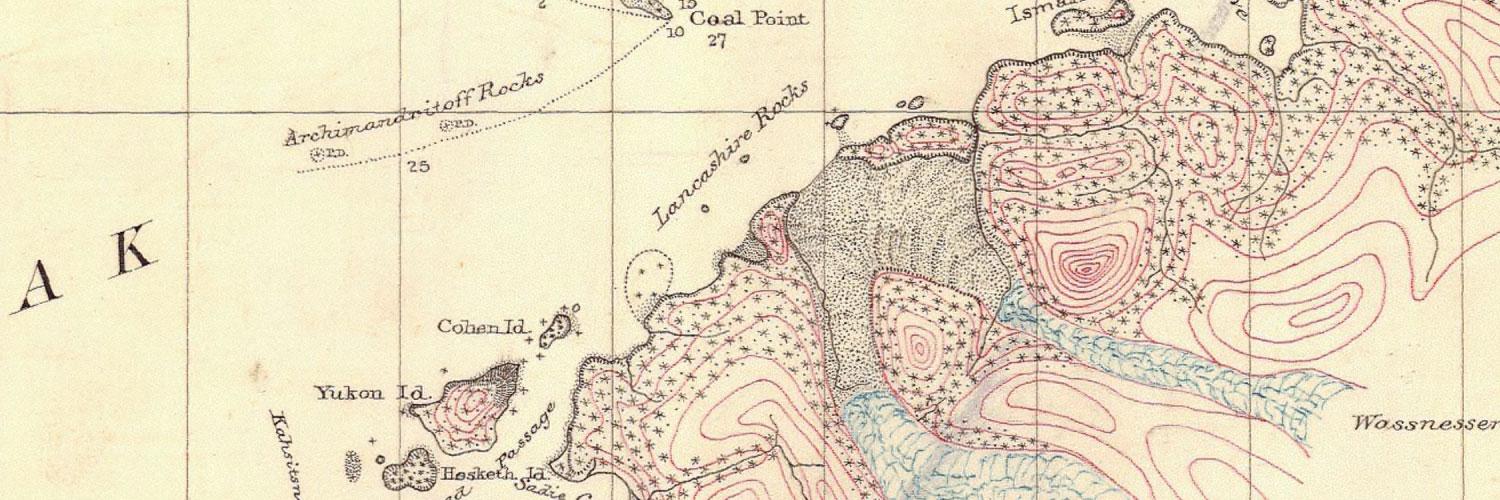
Clams are considered a keystone species in Kachemak Bay, meaning that the ecosystem would change drastically if they were removed. Ecosystems are a fragile network of checks and balances. Changing one part of that network can have far reaching implications. The Kachemak Bay Habitat Focus Area is an extensive glacial-fed estuary with up to an 8.5 m (28 ft) tidal range. Shellfish, such as clams, provide a variety of ecosystem services.
Historically, culturally, and economically clams have played an important role for the people living around Kachemak Bay. However, clam population dynamics are difficult to monitor and the number of clams that are available for harvest have been declining since the 1990’s in southcentral Alaska.
The events in Kachemak Bay are part of a larger, wide-spread west coast depletion caused by overfishing, sedimentation, pollution, habitat damage, and disease. The Habitat Focus Area project has focused on three main species that are important to local coastal communities: butter clams, littlenecks, and cockles. Declines in local clam populations have been measured via recreational, subsistence, and commercial fisheries.
The Web Mapping Site hosts a thematic collection of datasets gathered to support Kachemak Bay Habitat Focus Area project: "Building a Foundation of Decision Support Tools Integrating Existing Mapping and Monitoring Information for the Benefit of Long-Term Shellfish Sustainability and Management". Web map tabs include: Phytoplankton, Temperature and Salinity, Ocean Circulation, Ocean Acidification, Predators, Harvest, Clam Surveys, and Physical Habitat.
